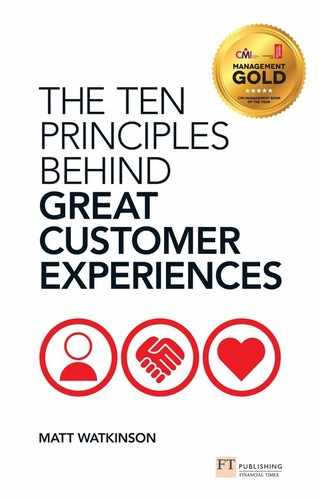Preface
At school I was always fascinated by physics. Aside from a keen interest in machines and mechanical toys that lingers on to this day, I liked the idea that there were some solid principles that even the most complex engineering challenges could be traced back to. When it comes to planes, trains and automobiles, the laws of physics make a great starting point for engineers faced with a new challenge, and can also be used to bring structure to problem solving if a solution fails.
Other passions of mine – photography and music – have their own laws too. Far from constraining creativity, they enable it by providing the artist with a structure to work within. Many seem to have an instinctive grasp of these principles from the start, but even if they don’t, through diligent study and practical application they can become instinctive. They are often broken to great effect, but consciously so, with an intention in mind.
In his legendary strategy manual The Book of Five Rings, the samurai Miyamoto Musashi distinguishes between what he calls a ‘strike’ and a ‘hit’. A strike, he says, is conscious and deliberate, whereas a hit is not (even if it has the desired effect of killing your opponent).1
Designing a mechanical object starting from the laws of physics is striking. Tinkering with things in the hope to improve performance is hitting. Striking allows repeatable success; hitting is inefficient at best, and a lottery at worst.
A few years ago I began to develop a nagging sense of unease that, more often than not, what customers experience is the product of hitting rather than striking. We are not, in most cases, basing our decisions on a theoretical understanding of how the brain works in the way that engineers use the laws of physics. The poor quality of most customer experiences is evidence enough for that.
Instead, what we end up with is a mix of a designer’s subconscious feel for what is right, the subjective opinions of stakeholders, with a healthy dollop of dogma. Endless workshops, brainstorming sessions and ‘alignment meetings’ have become the norm in large organisations, and yet it is my experience that they are more about everyone getting to have their say, rather than a means to creating a better end result. We’ve ended up compensating for our lack of theoretical understanding with ever more sophisticated (and expensive) data analysis tools and elaborate, long-winded design processes.
As customers we end up suffering with experiences that are frustrating, disappointing or often infuriating. Businesses are paying the price too – quite literally – in the awesome amounts of time and other resources that it ends up costing them.
This book is about changing all that. It presents ten simple principles that can be used to improve your products and services, whatever they may be, and whatever scale you operate at. I’ve seen them at work everywhere from my local café to multi-billion-pound enterprises. They can be used to identify areas for improvement in current offerings, or to generate completely new ideas. They can be applied with a broad brush, or to a very small, specific issue. You are most probably using many of them without even realising it. If you are a designer or already an expert in this area, you can use them to complement your existing ways of working.
The principles are drawn from psychological theory, and while I am not a psychologist myself, my experiences as a design consultant certainly validate them, as do the examples I’ve included, which I hope will provide inspiration.
I also hope to demonstrate that creating a great experience for your customers doesn’t have to be expensive. It doesn’t require an army of boffins, and it doesn’t need high-tech equipment and fancy processes. It just needs conscious, deliberate and structured thought. Most of all, it is not the sole domain of specialists. By following these principles, anyone in any business should be able to contribute to making their customers’ lives that little bit easier.
Matt Watkinson
Moulsford, Oxfordshire
24 June 2012
